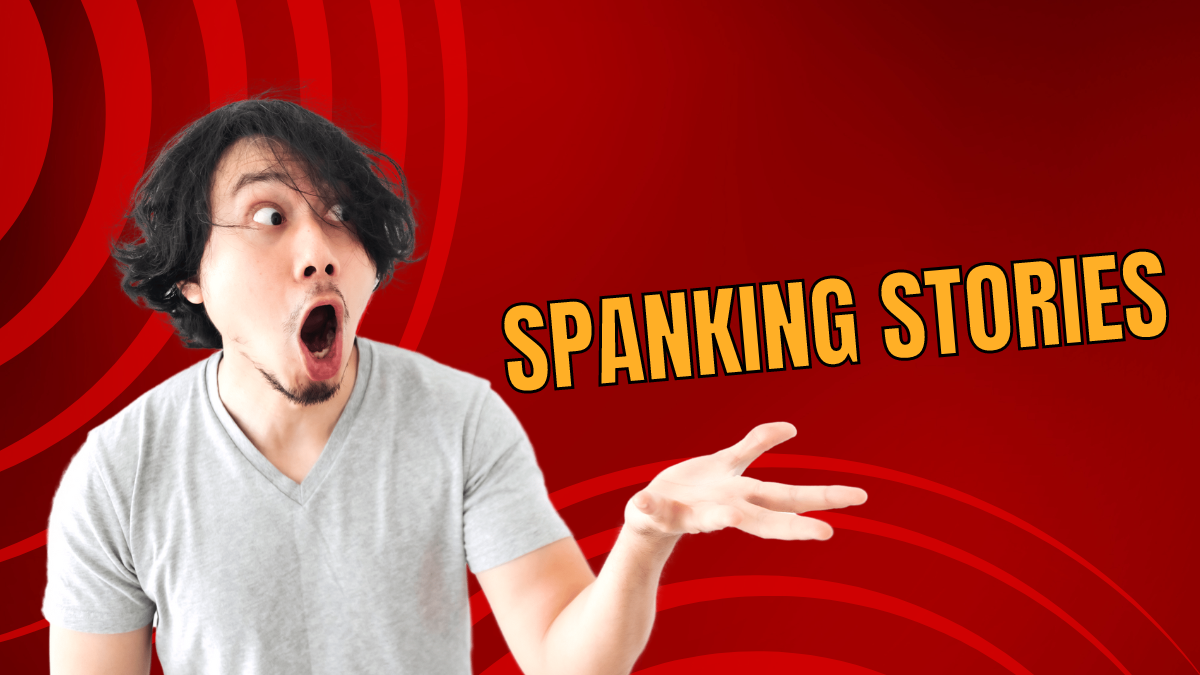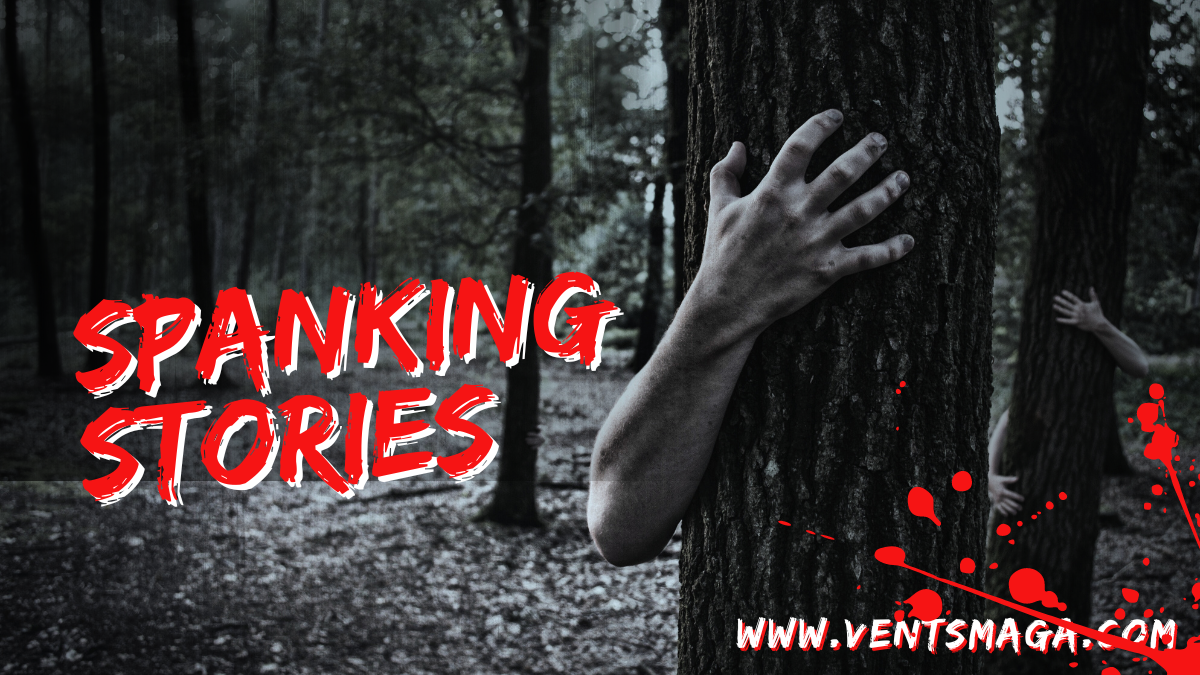Introduction
Spanking stories have long captured the imagination of readers around the world. These tales, often centered around themes of discipline, power, and control, evoke curiosity and intrigue. But what exactly draws people to this genre? Why do spanking stories maintain such a strong cultural presence, even in the age of progressive thinking?
In this article, we’ll explore the appeal of spanking stories, the psychological underpinnings, cultural interpretations, and the controversies they stir up. Whether viewed as taboo, erotic, or simply a form of creative storytelling, spanking stories offer much more than what meets the eye.
Historical Context
Origins of Spanking in Literature
Spanking has long been a tool of discipline in many societies, and this practice naturally seeped into literature. Stories involving spanking date back centuries, often reflecting the societal norms of their times. For example, 18th-century European literature depicted corporal punishment as a method of instilling order within households and schools.
Evolution Over Time
As societal attitudes towards discipline shifted, spanking stories evolved too. What was once framed as punishment gradually took on more nuanced, and sometimes erotic, connotations. In the 20th century, spanking began to appear in romance and erotica, gaining attention for its psychological and emotional complexity.
The Appeal of Spanking Stories
Psychological Elements
So, what is it about spanking stories that appeal to readers? At the core, these stories tap into basic human emotions: dominance, submission, punishment, and reward. The thrill of reading about power dynamics, even in fictional settings, sparks a psychological response that keeps readers engaged.
Role of Power and Control
In spanking stories, the power dynamic is often a central theme. One character assumes control, while the other submits, creating a tense yet engaging narrative. Readers are drawn to this interplay because it mirrors complex emotional dynamics often experienced in real life.
Spanking in Different Cultures
Western Perception
In Western societies, spanking has traditionally been viewed as a disciplinary measure. However, its representation in literature has morphed into a mix of taboo and fascination. Many Western spanking stories incorporate erotic undertones, reflecting a cultural shift towards more open discussions of sexuality and power dynamics.
Eastern Views on Spanking
Eastern cultures, on the other hand, often approach spanking with a greater emphasis on tradition and honor. While still controversial, the depiction of spanking in stories is less overtly erotic and more symbolic of authority and respect.
Spanking Stories in Modern Media
Influence of Cinema and TV
Modern media, particularly cinema and television, have brought spanking stories to a wider audience. From romantic comedies to dramas, scenes involving spanking are often included to heighten tension or humor, reflecting the complexities of human relationships.
The Role of Fictional Writing
Fiction, especially in online platforms, has allowed spanking stories to thrive. Writers explore various themes of punishment and reward, incorporating them into plots that appeal to readers across the world. The rise of self-publishing has further contributed to the genre’s growth.
Ethical Concerns and Criticism
Moral Debate Surrounding Spanking Stories
Spanking stories are not without their critics. Some argue that these tales normalize violence or inappropriate power dynamics, particularly in relationships. On the other hand, proponents claim that these stories provide a safe space for exploring fantasies without real-life consequences.
Arguments for and Against
Those in favor of spanking stories often highlight their consensual nature within the fictional narrative. Critics, however, warn that repeated exposure to such themes could desensitize readers to the potential harm of real-life corporal punishment.
Spanking as a Theme in Literature
Analysis of Famous Works
Throughout history, spanking has been a recurring motif in classic literature. Works like The Taming of the Shrew by Shakespeare and Lolita by Vladimir Nabokov have incorporated spanking, although often under the guise of broader power dynamics.
Spanking in Modern Novels
In contemporary novels, spanking is more often explored in the context of romance and erotica. Popular books like Fifty Shades of Grey have brought spanking into mainstream conversation, sparking both intrigue and controversy.
Psychological Implications of Spanking Stories
Impact on Readers
The psychological impact of spanking stories varies from person to person. For some, these stories serve as a harmless outlet for fantasy, while others may find them troubling, depending on their personal experiences with power and control.
Connection to BDSM Culture
In many cases, spanking stories overlap with BDSM (Bondage, Discipline, Sadism, Masochism) culture. These narratives often explore themes of submission and dominance, which are central to BDSM practices. However, the representation of these practices in fiction can sometimes stray from reality, making it crucial for readers to distinguish between fantasy and real-life dynamics.
Spanking in Erotic Fiction
Differentiating Between Erotica and Regular Fiction
Erotic fiction often includes spanking as part of its exploration of sexual power dynamics. However, not all spanking stories fall under the erotica category. Some are purely explorations of discipline without any explicit sexual connotations.
Exploring the Taboo
Part of what makes spanking stories so appealing is their taboo nature. Breaking societal norms, even in fiction, can create a thrill for readers, allowing them to explore ideas that may feel off-limits in real life.
The Role of Consent

Importance in Spanking Narratives
Consent is a critical theme in modern spanking stories. Unlike older tales that often depicted spanking as a form of non-consensual punishment, contemporary narratives focus on the importance of mutual agreement between characters.
How Writers Handle Consent in Stories
Writers are now more mindful of depicting consensual spanking, especially in romantic and erotic fiction. This focus on consent not only makes the stories more respectful but also helps them resonate better with modern audiences.
Power Dynamics in Spanking Stories
Exploration of Dominance and Submission
The power exchange between characters is often what drives spanking stories. These narratives provide a framework for exploring complex emotions tied to dominance and submission, offering readers a window into the psychology of control.
The Complexity of Control
Control is rarely black and white in spanking stories. Characters often navigate the gray areas of authority, autonomy, and mutual respect, making the stories all the more engaging.
Spanking Stories in Fan Fiction
Why Fan Fiction Thrives on This Theme
Fan fiction communities have embraced spanking stories with open arms. Whether it’s an extension of a popular series or an original work, spanking themes provide fan writers with a way to explore power dynamics in familiar characters and settings.
Popular Fan Fiction Works Involving Spanking
Some of the most well-known fan fiction stories feature spanking as a central theme. These stories allow fans to re-imagine their favorite characters in situations where discipline and control come into play, adding an extra layer of intrigue.
How Technology and Social Media are Shaping the Genre
With the rise of online platforms and social media, spanking stories are now more accessible than ever. Readers and writers can connect globally, exchanging ideas and sharing stories in ways that were unimaginable just a few decades ago.
Predictions for Future Trends
As societal norms continue to evolve, the future of spanking stories may shift toward more nuanced depictions of power and control. Writers may explore deeper emotional and psychological aspects, while still maintaining the elements of fantasy that draw readers in.
Writing Spanking Stories

Tips for Authors
For writers interested in exploring spanking stories, authenticity and sensitivity are key. Understanding the psychological and emotional elements behind spanking can help authors create more compelling and respectful narratives.
Maintaining Authenticity and Sensitivity
Writing about spanking requires a delicate balance. Authors should strive to portray realistic emotions and dynamics, while also being mindful of the potential impact on readers.
Conclusion
Spanking stories continue to captivate readers with their complex exploration of power, control, and discipline. Whether viewed as erotic, taboo, or simply a form of creative storytelling, these tales hold a unique place in literature and media. As societal attitudes toward spanking evolve, so too will the stories, ensuring their relevance for years to come.
